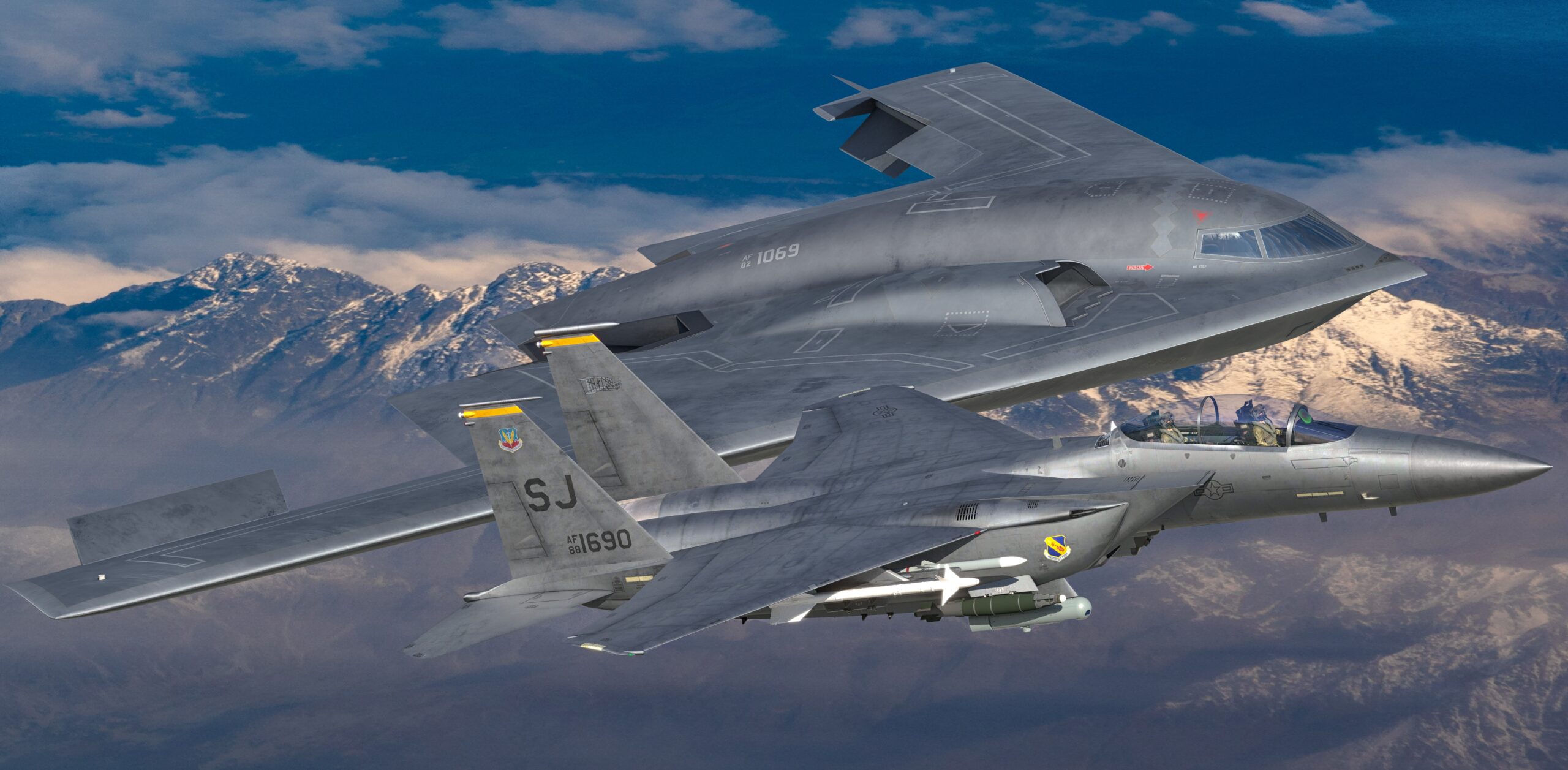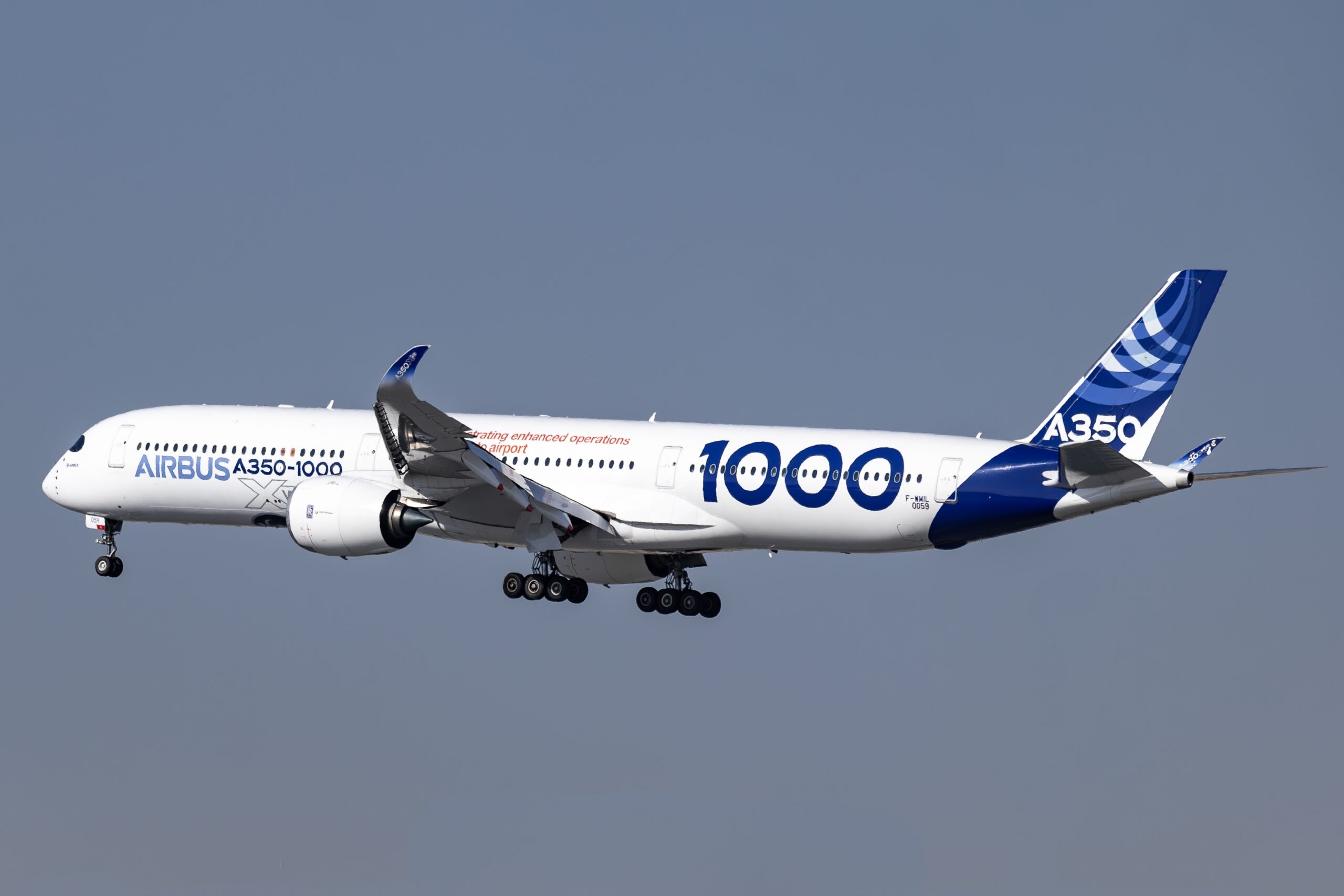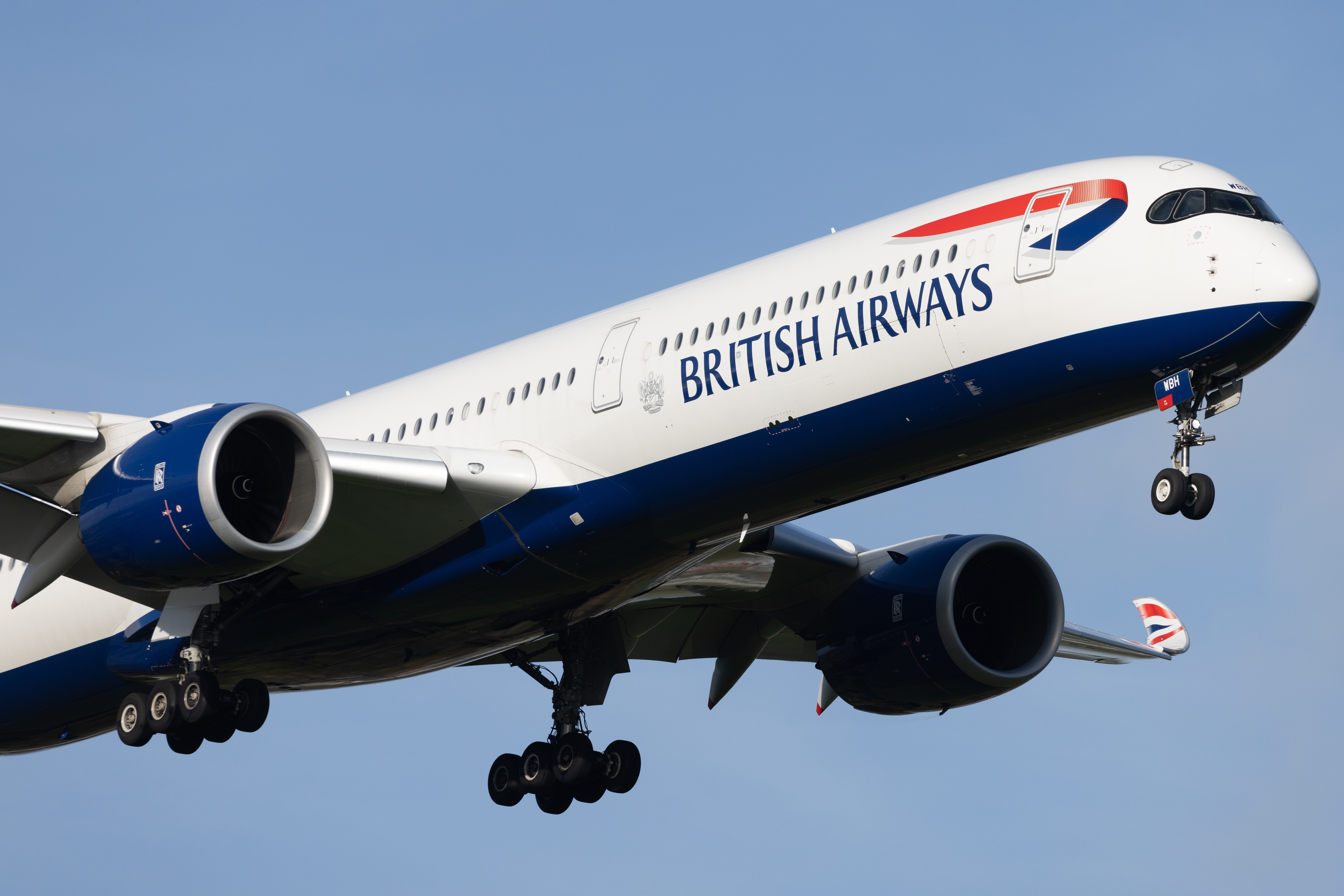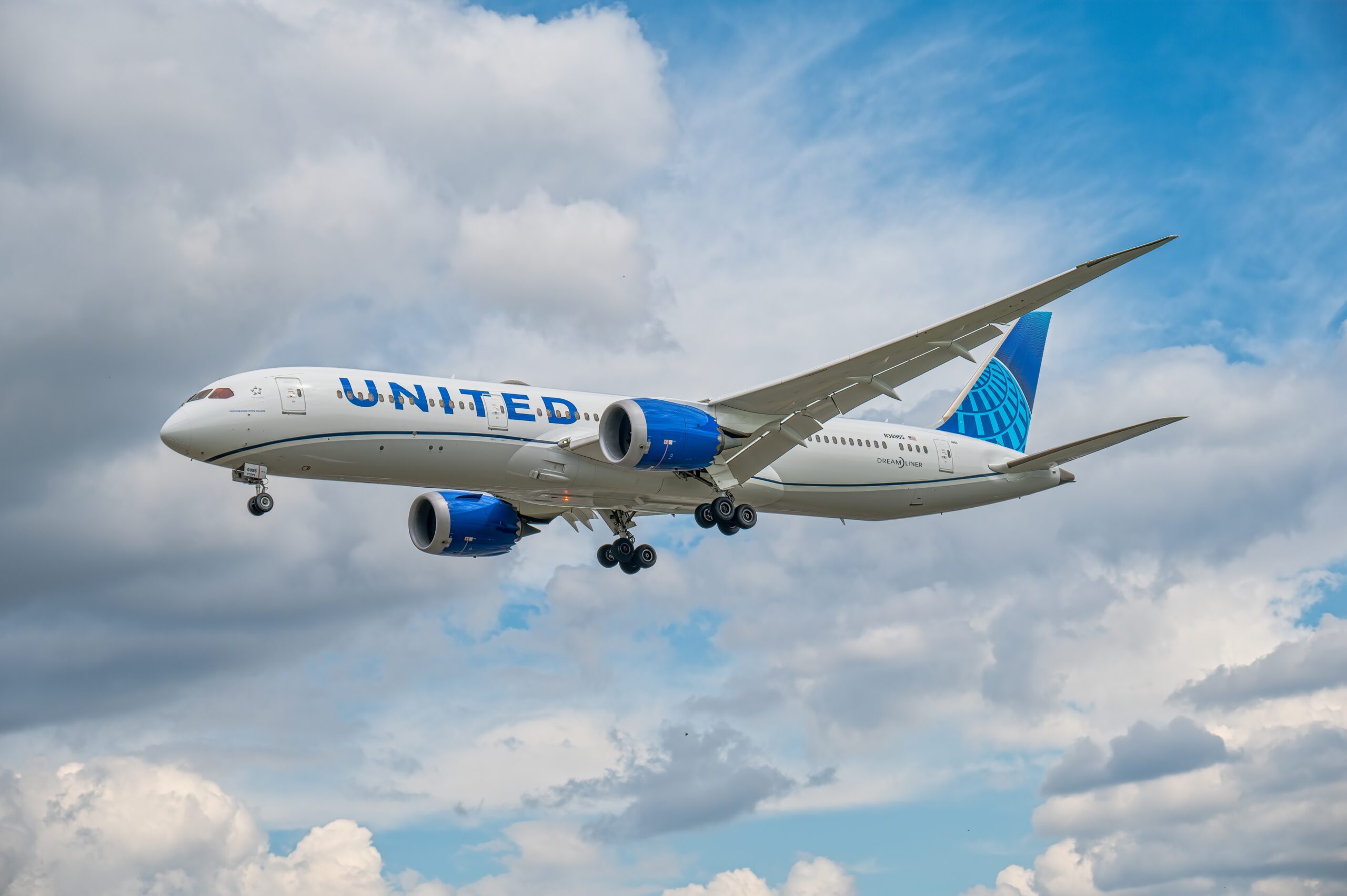Air Traffic Controller Application
Air Traffic Controller Application
Applying to become an air traffic controller involves several steps. Each stage assesses specific skills and knowledge. It’s a role that demands rigorous assessment due to the high levels of responsibility involved.
Initial Requirements
A candidate must typically meet certain requirements before application. Educational qualifications are vital. A high school diploma or equivalent is usually the minimum standard. Some countries may require a university degree. Age is another factor. Candidates often need to be at least 18 or 21 years old depending on the country.
Medical and Background Checks
A high level of physical health is necessary. Candidates undergo medical examinations. Vision, hearing, and overall physical fitness are crucial checks. Mental health is also assessed. A clean criminal record is essential. Background checks and drug tests are common steps in the application process.
Application Process
Submitting an application involves filling out forms and providing necessary documents. This step might be online or require visiting a recruitment center. Candidates should prepare all required documents, such as identification and educational certificates.
Written Examination
An initial written exam tests the candidate’s general knowledge, mathematics, and analytical skills. These tests help identify candidates with the mental acuity needed for the role.
Computer-Based Aptitude Test
Following the written exam, a computer-based aptitude test assesses spatial awareness, multitasking, and problem-solving skills. These tests often simulate scenarios that air traffic controllers might encounter.
Interview and Assessment Center
Successful candidates are usually invited to an interview. The interview assesses interpersonal skills, communication ability, and psychological resilience. Following the interview, an assessment center could further evaluate capabilities through group exercises and role-playing scenarios.
Training Programs
Those who pass the initial tests are enrolled in training programs. These programs provide in-depth knowledge of air traffic control systems and procedures. Training is divided into theoretical and practical segments.
Theoretical Training
The first phase of training focuses on theory. Candidates learn air traffic rules, aviation laws, and basic aeronautical knowledge. Training also covers meteorology, navigation, and aircraft operations.
Practical Training
After completing theoretical training, candidates move to practical training. This involves simulator training and on-the-job training. Trainees work under supervision in real air traffic control environments.
Certification
Certification is required to become a professional air traffic controller. After training, candidates must pass rigorous exams. Certification ensures they are ready to handle the duties of the role. They must demonstrate competence in various air traffic control procedures and scenarios.
Career Progression
Newly certified air traffic controllers usually start at smaller airports or non-radar facilities. Experience leads to opportunities at busier airports and more complex positions. Continuing education is essential. Controllers must stay updated with new technologies and procedures.
Work Environment
The work environment of an air traffic controller is unique. Controllers work in control towers, approach control facilities, or area control centers. The job requires maintaining concentration for extended periods. Shifts can be long and include nights, weekends, and holidays.
Skills and Qualities
Several key skills and personal qualities are essential for air traffic controllers:
- Strong communication skills
- Ability to remain calm under pressure
- Excellent decision-making and problem-solving abilities
- Keen attention to detail
- Good spatial awareness
- Teamwork and collaboration
Challenges
The role of an air traffic controller involves significant challenges. They manage large volumes of traffic and ensure the safety of passengers and crew. Situations can change rapidly, requiring quick and accurate responses. The pressure can be intense, but the role is crucial for safe and efficient air travel.
Rewards
Despite the challenges, the role is highly rewarding. Controllers play a key role in ensuring the safety of air travel. The career offers competitive salaries and benefits. There is also job satisfaction in the critical nature of the work and the skills developed.
Technological Impact
Technological advancements continue to impact air traffic control. Modern systems assist controllers in managing air traffic more efficiently. Automation and advanced radar systems enhance safety and efficiency. However, human oversight remains crucial.
Future Prospects
The demand for air traffic controllers is expected to remain strong. As air travel continues to grow, the need for skilled professionals increases. Ongoing training and education open pathways for advancement within the field.






